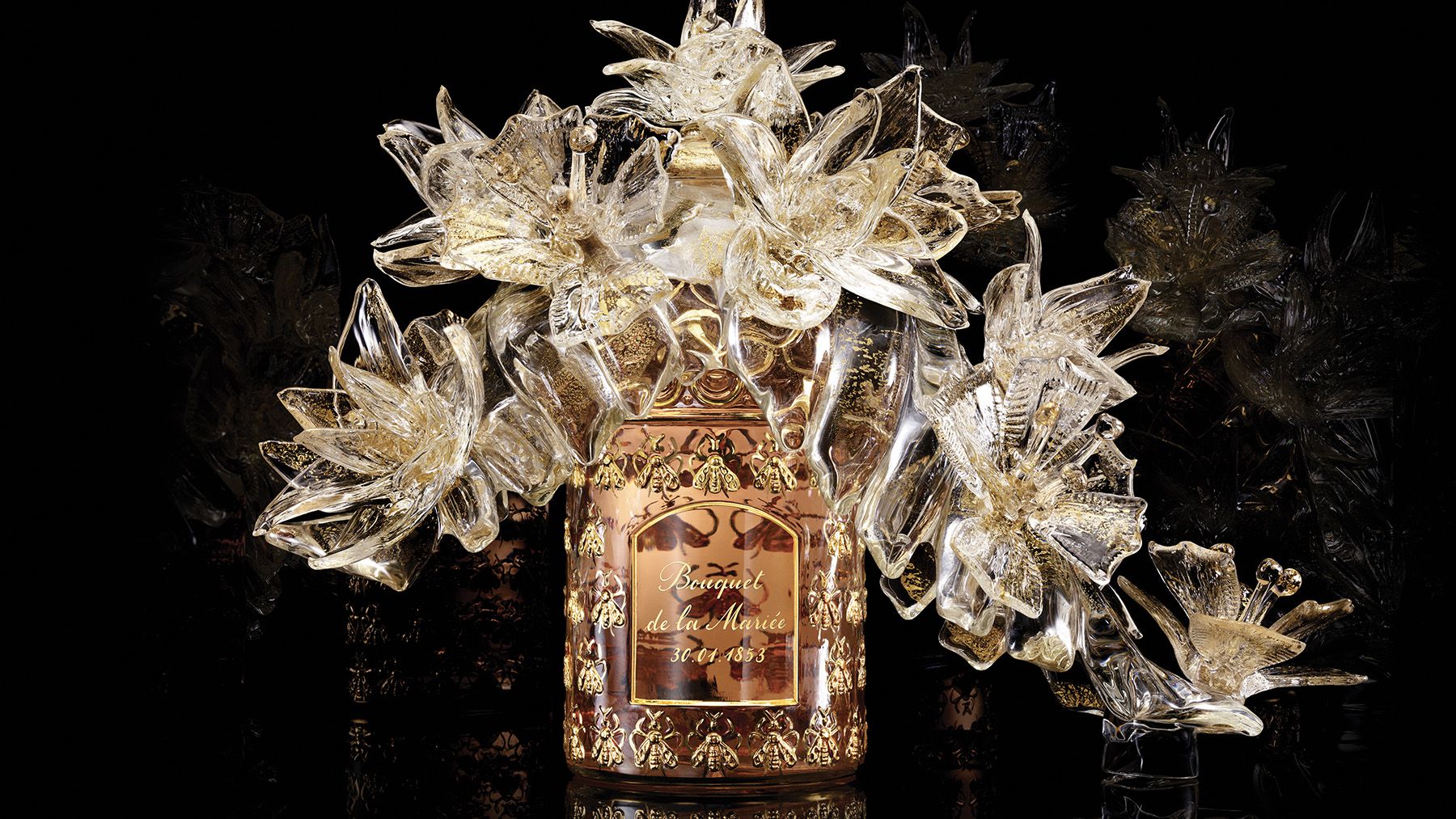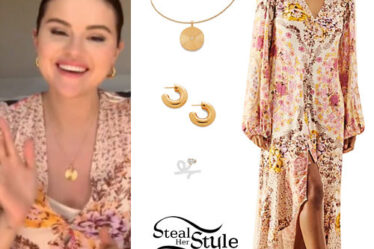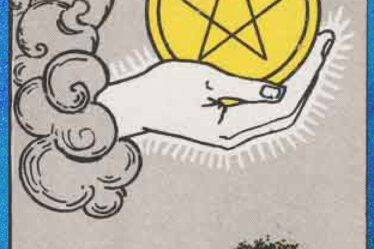
In May, Guerlain released Bouquet de la Mariée Murano Edition by Aristide Najean, a perfume made from a concentration of flowers that, allegedly, will “never fade,” according to the brand. The scent comes in a bottle affixed with 69 gold bees and topped with a blossoming bouquet of 24-carat-gold flecked Murano glass flowers.
The packaging is an homage to Guerlain’s first ever Bee Bottle, originally presented to Empress Eugenie as a wedding gift when she married Napoleon III in 1853. In the 170 years since, the brand has become synonymous with bees, from honey-infused skin and hair care to the gilded bees found on bottles and jars. As such, glassmaker Aristide Najean was tapped to re-interpret the original Bee Bottle for its birthday, a great excuse for fashion and beauty brands to create celebratory (and highly limited) products.
Guerlain produced 10 pieces that cost $27,000 each. Every bottle of Bouquet de la Mariée Murano Edition has been sold, the brand confirmed.
Guerlain is one of a handful of high-end beauty labels eyeing an “ultra luxury” space, newly identified as one of two emerging sub-categories of an already fast-growing luxury segment by “The State of Fashion: Beauty,” a BoF report created in partnership with McKinsey & Company (the other is “true luxury”).
True luxury encompasses a wide range of mostly skin care products priced from around $200 to around $1,000, including La Mer, Augustinus Bader, as well as a host of other brands with creams and serums. Ultra luxury is reserved for products that retail for over $1,000 like Guerlain’s Orchidée Impériale Black Cream that comes in a porcelain jar decorated with 24-carat gold leaf orchids and costs $1,490.
In the past, products ranging from Sisley’s $190 Black Rose Cream Mask to La Prairie’s $1,690 Rejuvenating Cream from its “Platinum Rare” collection, advertised as even more luxe than the Swiss brand’s caviar collections, would have been grouped together under the catchall “luxury” term. We have yet to see an eyeshadow palette that costs hundreds of dollars, but a handful of players in premium colour do exist. Sisley and Cle de Peau both offer skin care foundation hybrids that cost $205 and $270, respectively.
“That step from luxury to ultra luxury is very big now,” said Nadia Pelaez, a director at RBC Capital Markets who leads beauty and wellness coverage. “There’s not a lot in that in-between space between $500 to $1,000 – versus when you go from prestige to luxury that gap is much narrower.”
The current emphasis on ultra luxury right now stems from an industry-wide move towards premiumisation spanning mass and masstige all the way to the upper echelons of beauty. In recent years, Gen-Z favourite The Ordinary and drugstore mainstays like Neutrogena and Olay have adopted many of the traits (elevated branding and packaging) and selling strategies (a focus on ingredient stories, active ingredients and storytelling) once only reserved for the high end of the market. The traditional ways that luxury lines differentiated themselves aren’t cutting it anymore.
“They’re definitely offering the consumer more innovation, more efficaciousness and more potent formulations,” Pelaez said of heritage mass brands, noting that more potent formulas containing retinol could have entry level prestige prices.
The trend toward premiumisation is expected to continue. According to the report, skin care’s most meaningful growth could come from luxury and prestige, with a compound annual growth rate, or CAGR, of 11 percent and 7 percent through 2027, respectively. The trend is mirrored in fragrance, too. Luxury fragrance is expected to see CAGR of 13 percent during the same period, while interest in mass and masstige is projected to dip.
“There is definitely room at the top,” said Lindsay Ullman, co-founder of View From 32, a beauty consultancy.
Margarita Arriagada, a former Sephora executive, agreed.
“This push for growth and this massification moment [in beauty] leaves a gap – and it absolutely has favoured the luxury brands,” said Arriagada, who is also the founder of Valde Beauty, a makeup line that sells refillable and highly customisable lipsticks that start at $150. The brand launched at the end of 2020, the height of the pandemic.
Arriagada said that it was an industry-wide inflection point that led her to create one of the most expensive lipsticks in the market.
A “bespoke luxury lip balm” from Valde, which comes in black “armor” (a fancy way to say case) with a gold wing motif printed with one’s name or initials costs $209. Arriada said lipstick in a handmade quartz case can go up to $1200.
“I’m not interested in appealing to the masses,” Arriagada said. As she grows her business, she’s in pursuit like minded consumers who she can “get to know intimately and cater to them in a far more personal, customised way.”
But being prohibitively expensive is just one component of luxury. Differentiation comes down to packaging, white glove service in-store and scarcity, in terms of limited runs, tight distribution or both. There’s especially increased pressure on luxury brands to conceive of over-the-top in person experiences, due largely to what Ullman described as a prestige approach that has “bled into prestige and mass.”
Take Valmont, which sells a skin care treatment that is so exclusive that products aren’t available, or even advertised, online.
Every year, like wine, the brand releases a “new vintage” of its most elevated offering, La Quintessence des Glaciers, an intensive four-week treatment comprising three products, a day cream, a night cream and a resurfacing lotion. Only 500 sets are produced per year, which come with a numbered certificate of authenticity. The brand reaches out to loyal customers individually to inform them of the launch and schedule private consultations. Product is presented similarly to high and fine jewellery, champagne, leather carrying bag and silk scarf (that matches the concept of that year’s edition) included. The set from 2022 was priced at $4,000.
“Efficacy isn’t enough. A lot of cosmetic brands are efficient,” said Said Agnès Teffaud, manager of Valmont Group’s global public relations and former international training manager. “The luxury is in the cosmetic pleasure and service… You don’t find Valmont in a big beauty shop, you don’t find it at tax-free [shops].”
The scarcity drives demand; the fact that only several hundred units exist is the reason customers are willing to pay thousands of dollars for a 30-day supply of skin care. Distribution for last year’s “vintage” of La Quintessence des Glaciers was capped at 100 doors globally, with just 10 points of sales (and 200 units) in North America, including La Maison Valmont at The Carlyle hotel in New York City.
For Sisley, a family-owned French beauty line that sells skin care, makeup, hair care and fragrance, luxury means freedom.
Philippe D’Ornano, Sisley’s global president, said that teams don’t have limits on time when formulating a new product — and no one is allowed to look at prices until a product is complete. The brand takes as much time as it needs to perfect a formula, even if that means pushing a launch.
“Price does not influence the research. When we’re finished, we look at if we can sell it, and we look at the price. Sometimes, it happens that we think something is too expensive and we don’t launch the product,” D’Ornano said.
Sisley doesn’t set out to create price tiers or target different segments of the market by offering more expensive items.
D’Ornano added: “If it’s less expensive it’s not because we want to touch different customers, it’s just because we managed to do a good formula at [a lower cost].”



